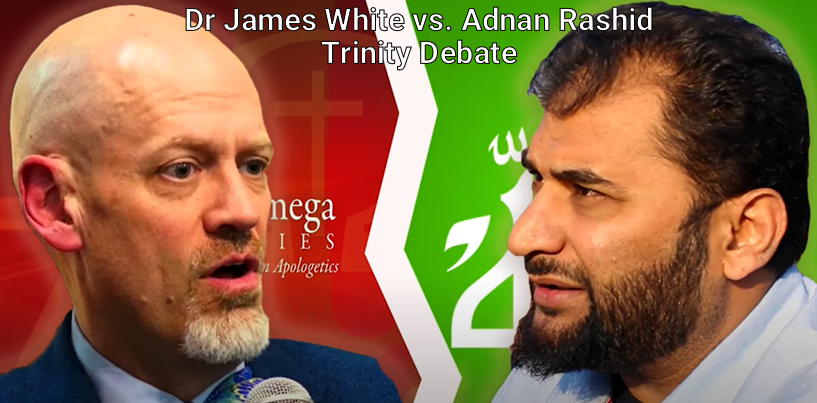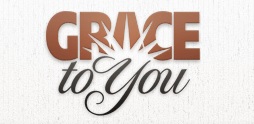Reflections on the Baptist Confession of Faith of 1689
23 Aug 14 began a perhaps unbroken, orderly, and personal journey through my favorite written confession of faith. These are my personal reflections on this beloved historic Particular Baptist confession of the Christian Faith.
NEXT-
Chapter 30. Of the Lord’s Supper. Paragraph 5: “The outward elements in this ordinance, duly set apart to the use ordained by Christ, have such relation to him crucified, as that truly, although in terms used figuratively, they are sometimes called by the names of the things they represent, to wit, the body and blood of Christ, albeit, in substance and nature, they still remain truly and only bread and wine, as they were before.”
Anything set apart by a holy God is “holy” unto that for which he set it apart. 1 Kings 8:4 is a great example. Altars, lampstands, bread, oil, snuffers, shovels, knives, poles, clothes, etc., are all holy when set aside for use in the temple throughout the Old Covenant. The idea is that you don’t use the shovel for ashes on the altar for digging fence pole holes in your yard. Items were set apart for specific use. Peter speaks of the whole life of the Christian in the following manner: “You also, as living stones, are being built up as a spiritual house for a holy priesthood, to offer up spiritual sacrifices acceptable to God through Jesus Christ.” 1 Peter 2:5. We are all priests. Christians are called “holy” because we’ve been set aside by God from out of the world. We have been made into vessels of honor as opposed to God’s vessels for dishonor which are all those not set aside by him for honor. Romans 9:19-24.
This is why we don’t normally use a wine or juice at the Lord’s Table and then if our kids are thirsty offer them the rest. There is to be something special about what’s used. Now, Jesus had no problem with what David did when circumstances necessitated it, but it was right for Ahimelech the priest to safeguard it. 1 Samuel 21:6. I have every desire to handle the elements of the table as precious when they’re in my hands or when I’m helping to distribute them to my family. But if someone spills some I don’t get down and suck it out of the carpet. I get a paper towel off the roll, dab it up, and toss the towel. If someone drops some of the bread it’s okay. That’s not Jesus they’re spilling or dropping. He is not so fragile.
What they’re on about here is the simple fact that we call symbols by what they represent. Bread we call body. Wine we call blood. They’re not body or blood, but we call them that because that’s what they represent. Scripture is of course filled with such language. In fact, only when these pictures are employed symbolically can they be literally true. Jesus is “the way” yet we do not walk on him. He is “the light” yet except for an undisclosed period of time on one mountaintop in Israel he wouldn’t illumine anyone’s path at night, etc. If he’s not who he is then these symbols mean nothing. If the kingdom of heaven is not like a mustard tree growing large enough for the birds to call it home, if I must find an actual tree for this to be so, then there’s no truth in the symbol of the tree…unless there be a tree. Luke 13:19.
Of course, this section, like so much in the confession, is written to teach their reforming laity the errors of Roman Catholic superstitions. A believing Roman Catholic will speak of “eating Jesus.” Rome in recent years has fully developed a belief that its priests magically turn the elements into literal body and blood. I may not condemn the errant view unless denying it condemned me in their view, but condemn it now I must. They call it “transubstantiation.” They believe Jesus meant them to. In Ludwig Ott’s Fundamentals of Catholic Dogma he represents Catholic ideology saying, “In the sacrifice of the Mass and in the sacrifice of the cross, the sacrificial victim and the primary sacrificing priest are identical. Only the nature and mode of the offering are different.” (Chapter two. The nature of the sacrifice of the mass. Section 22. Pg. 430). The Catechism of the Catholic Church is full of this language. For Romanists, Jesus is re-sacrificed, or re-presented, for that day’s sin forgiveness in the elements of their Masses. This is what happens when symbols are lost on you and hence the Gospel becomes lost on you.
There is no (zero) change in the substance of the elements of the Lord’s Table at any time. They’re nothing unless the Spirit of God lives within you. Then they represent everything. We call them what they symbolize. We do not worship symbols.







